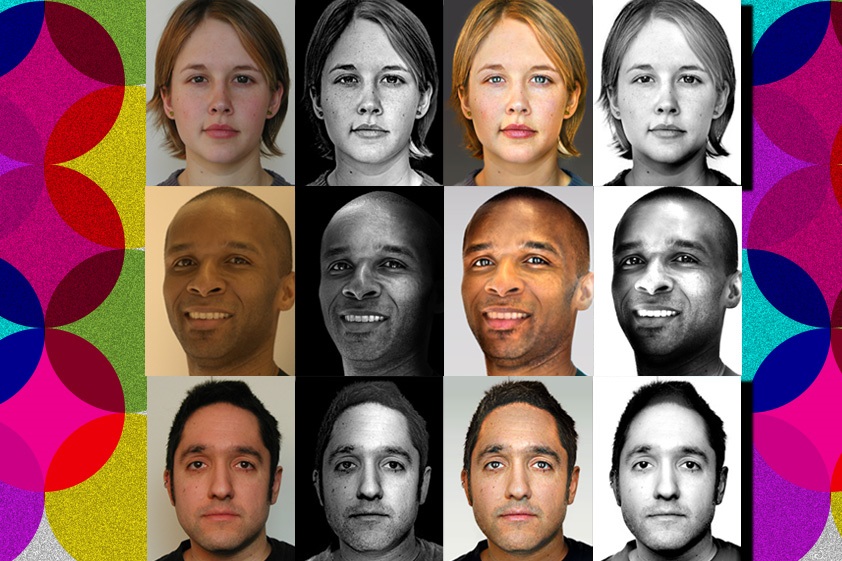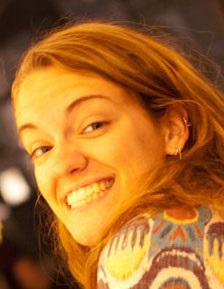New Algorithm Can Make Your Selfie Look Like a Professional Photo

Selfies may suddenly start looking much more sophisticated.
Pictures snapped with a cellphone camera do not have the expert lighting or composition of museum-quality portraits by famous photographers such as Diane Arbus or Richard Avedon. But it might soon be possible to make selfies look like a professional photographer took them, thanks to graphics researchers at MIT.
Many photo-editing apps make use of something called style transfer that allows users to change the exposure, color and contrast of their photos — like the filters available on Instagram. Existing image filters act like a lens placed over a camera, as they apply the same change to the entire picture. The problem is that those filters don't work well on photos of human faces, the MIT researchers said. [Photo Future: 7 High-Tech Ways to Share Images]
"Most previous methods are global: From this example, you figure out some global parameters, like exposure, color shift, global contrast," YiChang Shih, an MIT graduate student, said in a statement. "We started with those filters, but just found that they didn't work well with human faces. Our eyes are so sensitive to human faces. We're just intolerant to any minor errors."
Shih designed an algorithm that can analyze the intricate textures and details of a human face, isolating different sections to make adjustments for each. The results are similar to what professional photographers can achieve in a studio with lighting, and after tweaking photos with sophisticated editing software.
First, the researchers pick out a portrait by an artist like Arbus or Avedon. Then, they match it with a selfie or nonprofessional headshot of someone whose characteristics resemble the subject of the portrait. The more similar the two photos are, the better the algorithm works.
The algorithm warps together the selfie and the professional photo, aligning main features like the eyes and mouth. Then the filter of the professional photo is set on top of the selfie. In a final step, the algorithm transfers the light reflected in the eyes and the background of the professional photo onto the selfie.
Get the world’s most fascinating discoveries delivered straight to your inbox.
The researchers tested the algorithm on 94 photos they had pulled from the photo-sharing website Flickr, and they said the process produced consistently good results.
Shih and colleagues hope to develop a consumer application for the new method that would allow any cellphone user to produce professional-looking photos. They will present their findings in August at the Siggraph computer graphics conference in Vancouver.
Follow Kelly Dickerson on Twitter. Follow us @livescience, Facebook & Google+. Original article on Live Science.



